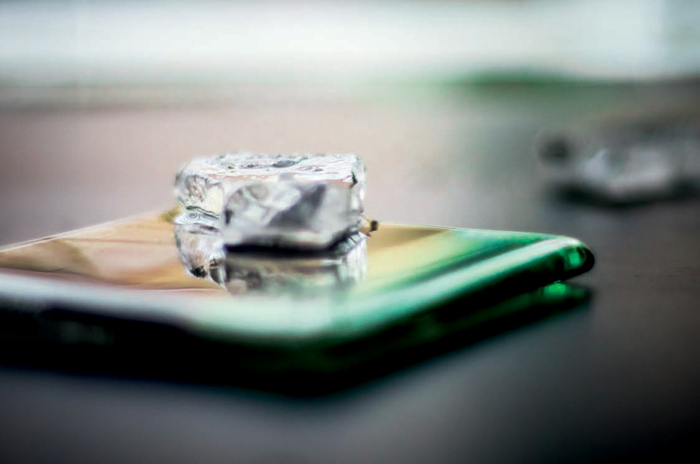Exposure Basics from a Minimalist Perspective
Some musicians can play instruments superbly without ever learning to read a single musical note, while others need sheet music in front of them to perform. Parallels to this can be drawn with regard to photographers: some work instinctively, while others require a more formal approach and need to have a good grasp of the theoretical.
Most of us fall somewhere in the middle. I find that an understanding of the theory behind exposure is a tremendous help, but I don’t have to keep the mathematical equations that underpin this stuff in my head, or even to know them, in many cases. It is enough to understand the interplay between ISO, shutter speed, and aperture size. Understanding the underlying principles involved is important, but knowing the exact equations and numbers is optional.
Of course, this is all academic if it cannot be used when actually taking a photograph. My understanding of exposure allows me to use several methods, and that suits me. As an example, when I use a DSLR camera, I first set it to spot metering and set the lens to manual focus, and then I proceed as follows:
1. Check that the camera is set to aperture priority
2. Roughly frame and manually focus
3. Note the shutter speed that the camera wants to use
4. Decide how I want the image exposed and note how much this varies from the camera’s choice—this gives me a shutter speed to aim for
5. If I want to underexpose, I point the camera at a relatively bright spot; if I want to over-expose, I point it at a darker spot, and then I adjust until the shutter speed I want appears in the viewfinder display
6. Halfway press the shutter-release button
7. Reframe and adjust focus
8. Fully depress the shutter-release button
This probably looks like a complicated way to take a photograph. Believe me when I say that it isn’t. After a few attempts, it will become second nature, and it is much more instinctive than twiddling with dials. It will also provide an instinctive understanding of exposure.
The main points about exposure are as follows:
![]() Exposure determines how light or dark the photograph will be
Exposure determines how light or dark the photograph will be
![]() The camera determines an exposure, but this can be changed by the photographer
The camera determines an exposure, but this can be changed by the photographer
![]() The photographer can determine how the camera chooses an exposure value
The photographer can determine how the camera chooses an exposure value
![]() The exposure is always a single value regardless of what type of metering is used, unless the manufacturer’s own proprietary method is used
The exposure is always a single value regardless of what type of metering is used, unless the manufacturer’s own proprietary method is used
The main points about exposure are as follows:
• Exposure determines how light or dark the photograph will be
• The camera determines an exposure, but this can be changed by the photographer
• The photographer can determine how the camera chooses an exposure value
• The exposure is always a single value regardless of what type of metering is used, unless the manufacturer’s own proprietary method is used
Ice melting on a glass coaster

